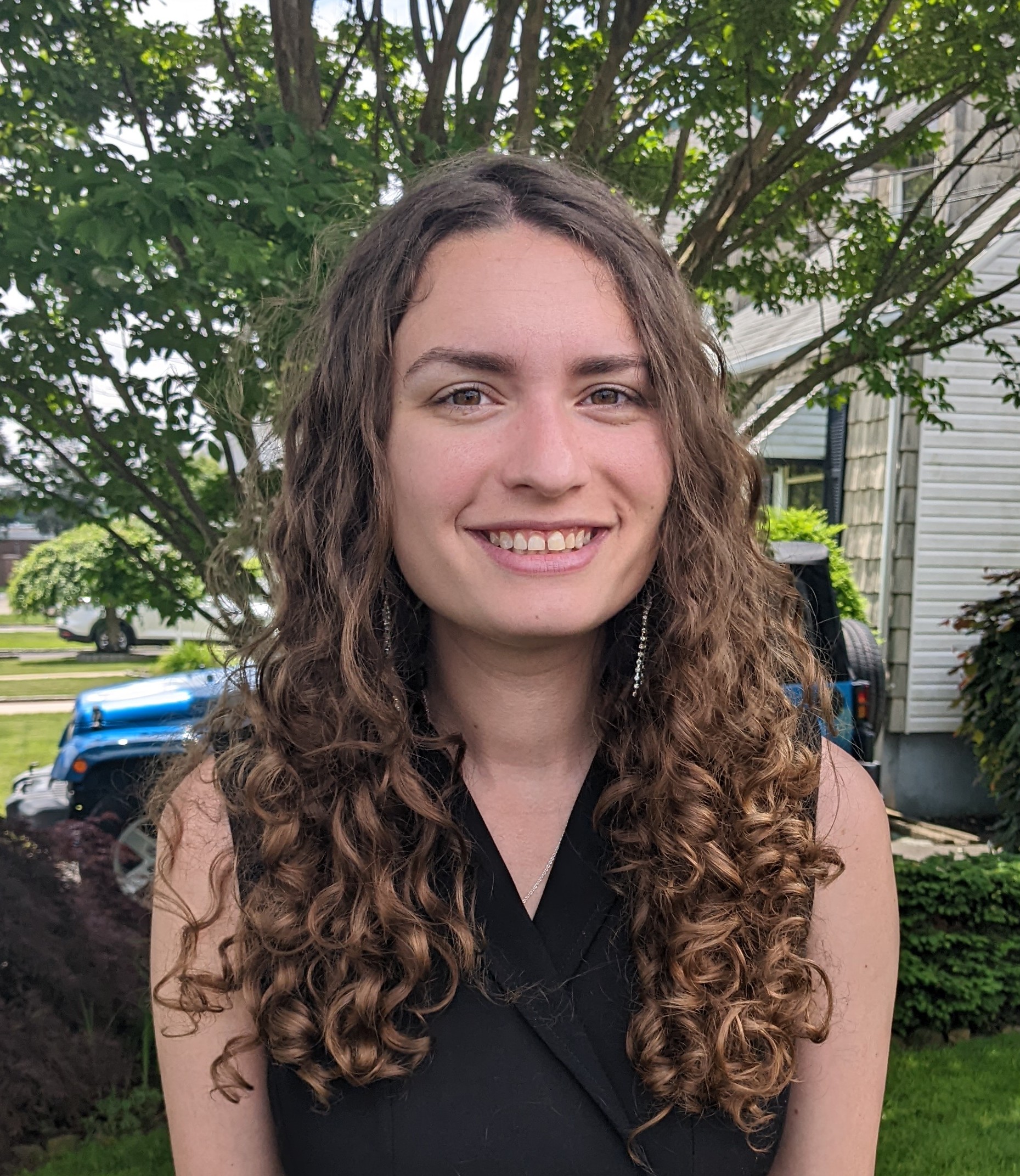Artificial Intelligence and UDL: Leveraging AI Tools to Support Student Learning Needs
,
Presenters

Session description
Purpose & objective
Purpose: The purpose of this session is to provide strategies and techniques for using different artificial intelligence tools to design instruction and assessment that is inclusive of all student needs and interests.
Objectives: Participants will be able to define and explain the three pillars of the Universal Design for Learning framework, discover strategies for using AI to build upon the UDL framework, and begin implementing the strategies for integration in their classrooms.
Challenge: Creating a classroom that is fully inclusive of student needs is challenging due to barriers like time constraints and access to resources. Artificial intelligence provides a way for teachers to gain ideas and inspiration, which can help them create a more equitable classroom for all learners.
Resources: Participants will have access to the presentation, as well as a breakdown of different artificial intelligence tools and the prompts for using these tools within the UDL framework.
Outline
This session will offer opportunities for discussion, questions, and trying out strategies. Participants will be included in all parts of the conversation and will receive time at the end to try out their favorite AI prompts:
- Introduction: about artificial intelligence, pros/cons of usage, research behind use, and discussion of the UDL framework (10 minutes)
The remaining sessions will focus on providing AI strategies related to the three pillars of the Universal Design for Learning framework:
- Multiple Means of Representation (10 minutes)
- Multiple Means of Action & Expression (10 minutes)
- Multiple Means of Engagement (10 minutes)
The rest of the session will be spent trying different strategies, sharing results, and participating in a Q&A segment.
- Exploration and Sharing (10-15 minutes)
Supporting research
https://udlguidelines.cast.org/
Marino, M. T., Vasquez, E., Dieker, L., Basham, J., & Blackorby, J. (2023). The future of artificial intelligence in special education technology. Journal of Special Education Technology, 38(3), 404-416.
Session specifications
Laptop: Chromebook, Mac, PC
Tablet: iOS, Windows, Android
Analyst
- Provide alternative ways for students to demonstrate competency and reflect on their learning using technology.
- Use technology to create, adapt and personalize learning experiences that foster independent learning and accommodate learner differences and needs.
 Return
Return Participate and share: Interactive session
Participate and share: Interactive session  Trips and Tours
Trips and Tours Recorded Session
Recorded Session Virtual Session
Virtual Session